Check in question for the week:
We begin every week with a check in question. This is a proactive way to build our class community. It gives us a chance to get to know one another a little bit better.
Week beginning: 9.5.22
What would you do if there was no electricity?
What is Restorative Practice?
The fundamental premise is:
People are happier, more cooperative and productive, and more likely to make positive changes when those in positions of authority do things with them, rather than to them or for them.
The aim of Restorative Practice (RP) is to develop a community and to manage conflict and tensions by repairing harm and building relationships. This statement identifies both proactive (building relationships and developing community) and reactive (repairing harm and restoring relationships) approaches.
In schools, the use of Restorative Practice has shown to reliably reduce misbehaviour, bullying, violence and crime among students and improve the overall climate for learning.
Let our Reps explain a little bit more about RP at Cookridge Primary School…
RP Reps at Cookridge Primary School
Our RP reps play a vital role in our school community, whether they are helping at the friendship stop, offering advice in the Cooler, holding pupil voice meetings, creating games on the playground or just being there for children who want to talk and need a little more support when resolving conflict.
Our Reps are:
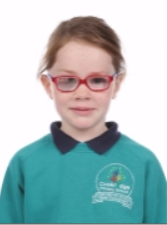
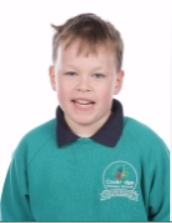
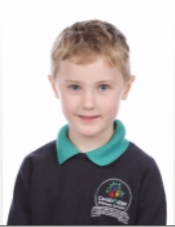
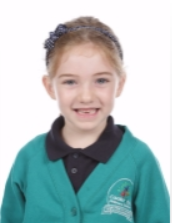
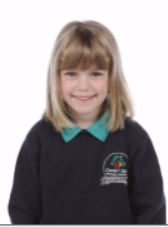
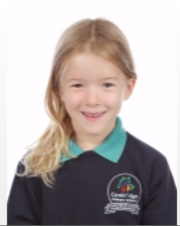
The Friendship stop
The friendship stop is an area on the playground where someone can go to if they need someone to talk to or play with. It allows Staff and RP reps to see if someone is in need of help and to act upon it.
The Cooler
The cooler is a calm and quiet place on the playground that children can go to if they feel the need to calm down. It might be that you have got frustrated when playing a game and would like some time to yourself. It gives us chance to think about how we are feeling so that we can make good choices. In the cooler, you can also seek the support of an RP rep or a member of Staff.
Reactive Circles
When something has gone wrong, or is going wrong, we try and work reactively to support children to repair relationships as quickly as possible. A reactive circle involves a neutral person who leads the Restorative Circle.
The key questions that are asked are:
To help those harmed by others actions THE VICTIM:
- What did you think when you realised what had happened?
- What have your thoughts been since?
- How has this affected you and others?
- What has been the hardest thing for you?
- What do you think needs to happen to make things right?
To respond to those with challenging behaviour THE PERPETRATOR:
- What happened?
- What were you thinking about at the time?
- What have your thoughts been since?
- Who has been affected by what you did?
- In what way have you been affected?
- What do you need to do to make things right?
Classroom Displays
Every Classroom has an RP display. This shows the Class community represented as a circle, if one child breaks the circle by displaying an action which affects the community, then it is effectively broken, so this encourages the children to work together to prevent their community from breaking down. The reactive circle questions are also displayed in each classroom.
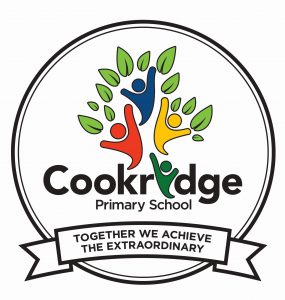

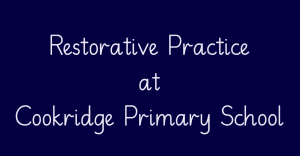 Watch On Vimeo
Watch On Vimeo